Summary: Gene therapy can restore the structure of the retina and regain normal light responses. Source: SfNFollowing gene therapy, the retina can restructure itself and regain normal light res.
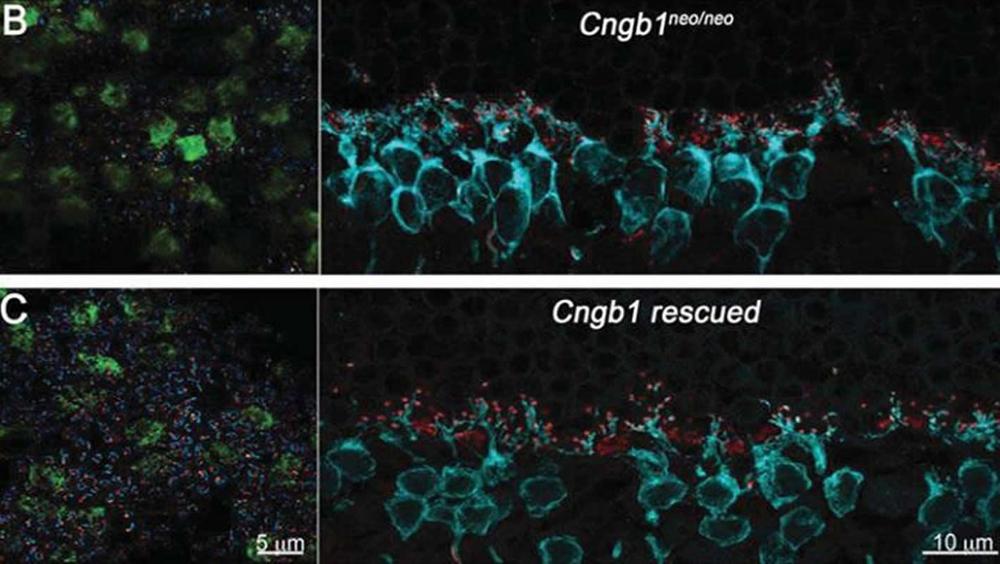

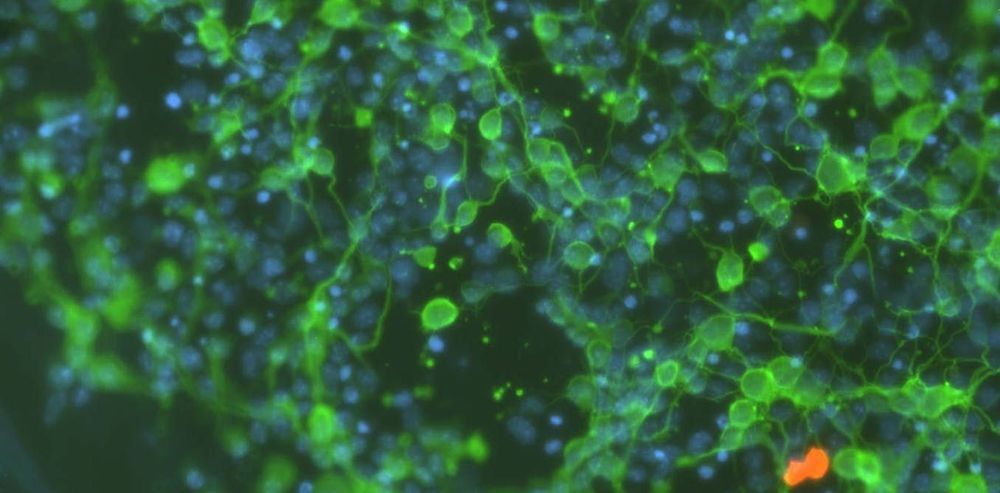
Despite their names, artificial intelligence technologies and their component systems, such as artificial neural networks, don’t have much to do with real brain science. I’m a professor of bioengineering and neurosciences interested in understanding how the brain works as a system – and how we can use that knowledge to design and engineer new machine learning models.
In recent decades, brain researchers have learned a huge amount about the physical connections in the brain and about how the nervous system routes information and processes it. But there is still a vast amount yet to be discovered.
At the same time, computer algorithms, software and hardware advances have brought machine learning to previously unimagined levels of achievement. I and other researchers in the field, including a number of its leaders, have a growing sense that finding out more about how the brain processes information could help programmers translate the concepts of thinking from the wet and squishy world of biology into all-new forms of machine learning in the digital world.
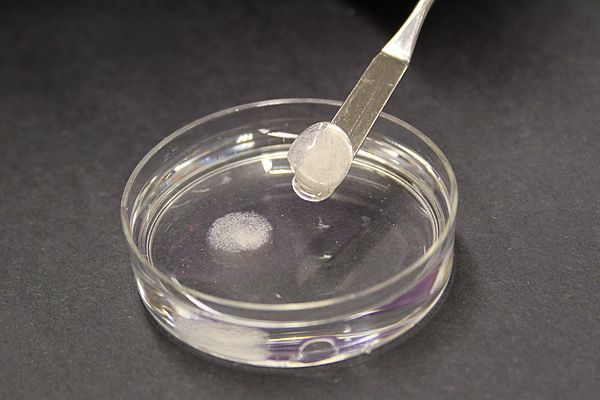
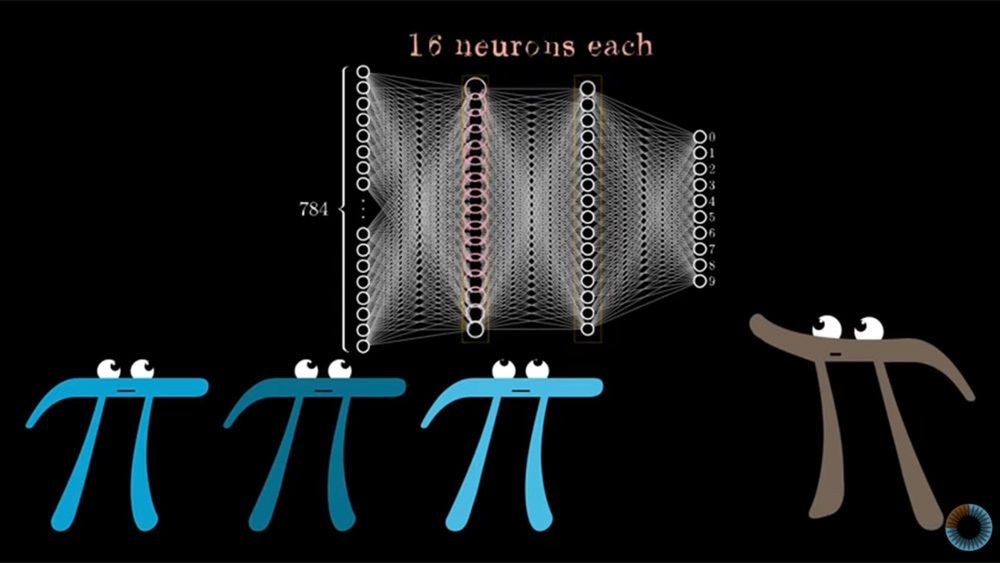
Artificial neural networks were created to imitate processes in our brains, and in many respects – such as performing the quick, complex calculations necessary to win strategic games such as chess and Go – they’ve already surpassed us. But if you’ve ever clicked through a CAPTCHA test online to prove you’re human, you know that our visual cortex still reigns supreme over its artificial imitators (for now, at least). So if schooling world chess champions has become a breeze, what’s so hard about, say, positively identifying a handwritten ‘9’? This explainer from the US YouTuber Grant Sanderson, who creates maths videos under the moniker 3Blue1Brown, works from a program designed to identify handwritten variations of each of the 10 Arabic numerals (0−9) to detail the basics of how artificial neural networks operate. It’s a handy crash-course – and one that will almost certainly make you appreciate the extraordinary amount of work your brain does to accomplish what might seem like simple tasks.
Video by 3Blue1Brown
The work of a sleepwalking artist offers a glimpse into the fertile slumbering brain.

Andrew Glester reviews Apollo 11: the Inside Story by David Whitehouse.
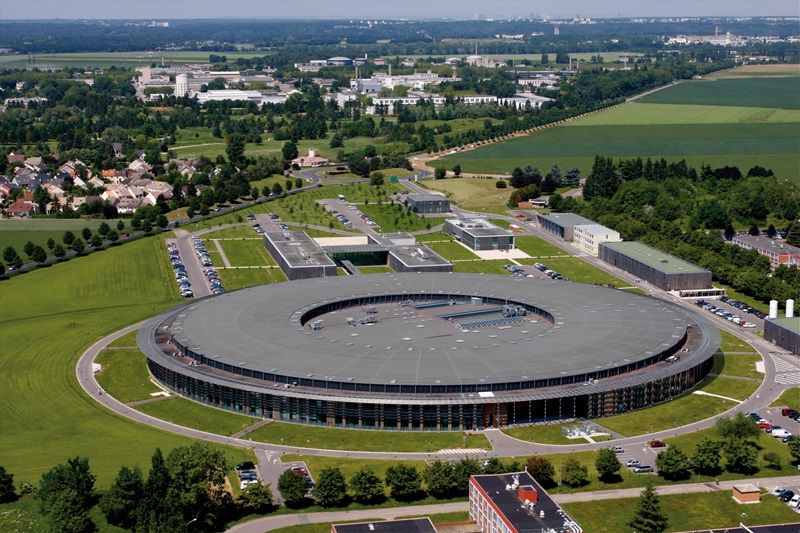
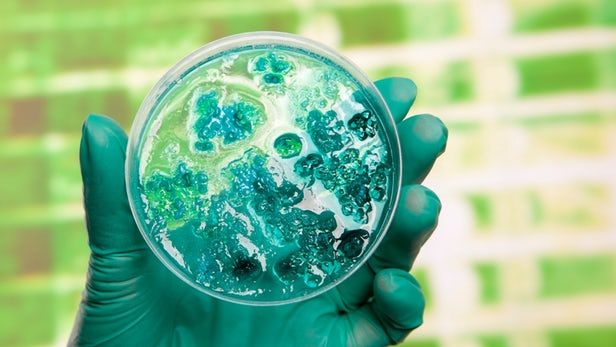
Evolution is one of nature’s most impressive forces, allowing organisms to adapt to changing environments to survive. By harnessing and guiding that process scientists have managed to manipulate micro-organisms into producing useful new drugs and materials, but it’s still a time-consuming process. Now, researchers at the University of North Carolina (UNC) have developed a new tool that speeds up the process in mammalian cells, creating new therapeutics in a matter of days.
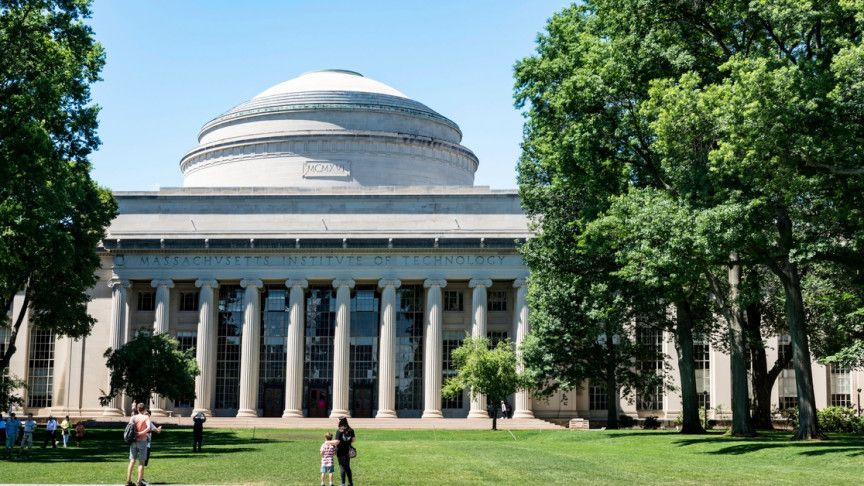
Suffocating under the surface.
🔎 Learn more about the challenges our oceans face: https://wef.ch/2k1Z7r5
